
| Recorded by: Mark Basinger on 2025-10-03
Richmond Co.
Comment: | 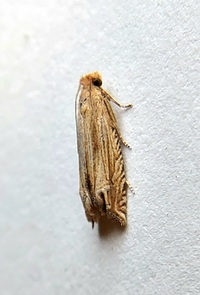
| Recorded by: Mark Basinger on 2025-10-03
Richmond Co.
Comment: |
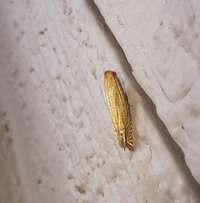
| Recorded by: Allison Garton on 2025-09-11
Moore Co.
Comment: | 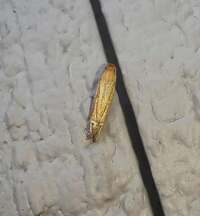
| Recorded by: Allison Garton on 2025-09-11
Moore Co.
Comment: |
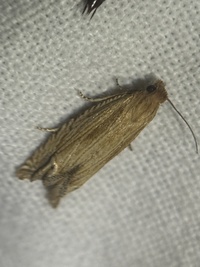
| Recorded by: Larry Chen, Sarah Toner on 2025-09-06
Beaufort Co.
Comment: | 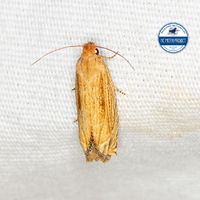
| Recorded by: Lior S. Carlson, Dean Furbish, John F. Jarvis on 2025-09-05
Orange Co.
Comment: |
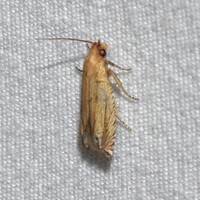
| Recorded by: Jeff Niznik, David George, Jim Petranka, Mark Basinger, Becky Elkin on 2025-08-29
Richmond Co.
Comment: | 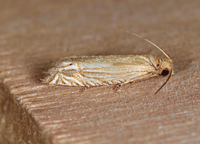
| Recorded by: Jim Petranka on 2025-05-24
Richmond Co.
Comment: |

| Recorded by: Jim Petranka on 2025-05-24
Richmond Co.
Comment: | 
| Recorded by: David George, Jeff Niznik, Jim Petranka, Becky Elkin on 2025-05-24
Richmond Co.
Comment: |

| Recorded by: Jeff Niznik, David George, Brian Bockhahn, Jim Petranka, Becky Elkin, John Petranka on 2025-05-09
Cumberland Co.
Comment: | 
| Recorded by: David George, Jeff Niznik on 2025-05-09
Cumberland Co.
Comment: |

| Recorded by: David George, Stephen Dunn, Jeff Niznik, Patrick Coin on 2024-06-22
Chatham Co.
Comment: | 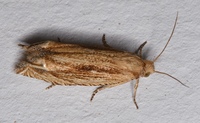
| Recorded by: Stephen Dunn on 2024-06-19
Orange Co.
Comment: |
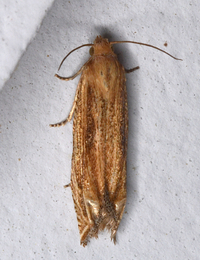
| Recorded by: Stephen Dunn on 2024-06-19
Orange Co.
Comment: | 
| Recorded by: J.B. Sullivan on 2022-06-24
Craven Co.
Comment: 2 traps, selected |
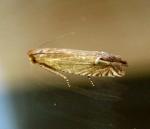
| Recorded by: T. DeSantis on 2011-06-08
Camden Co.
Comment: |

 »
»



 »
»

